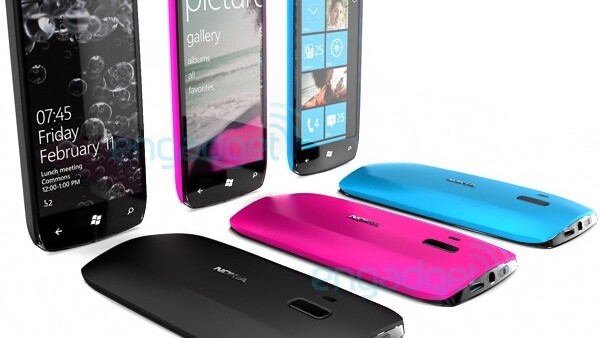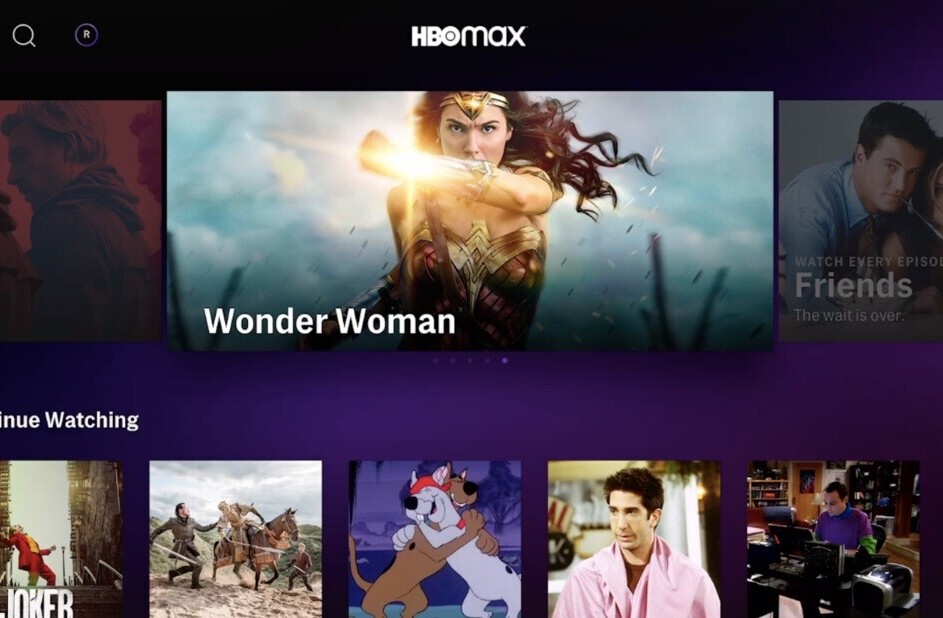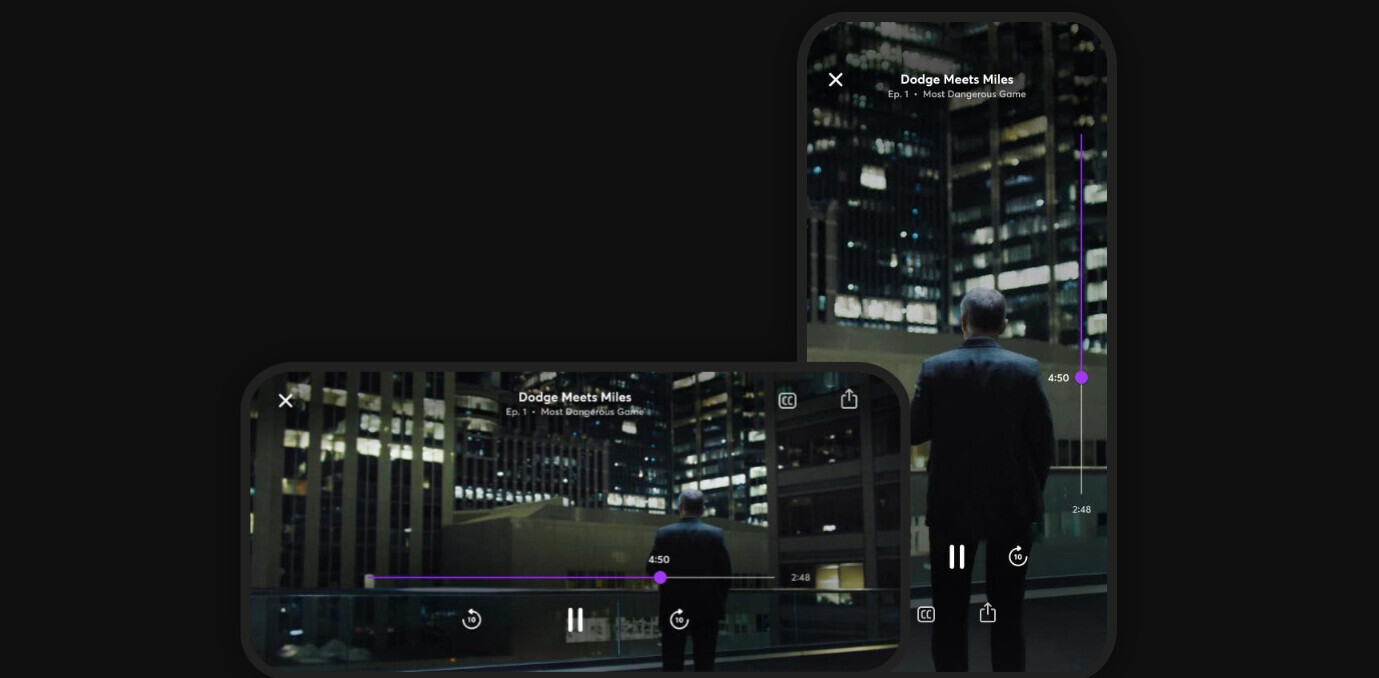
I’ve written before about how new media isn’t destroying journalism. There will always be a need for qualified fact-checkers and reliable news sources – social networking platforms such as Twitter are just tools, and journalists have to move with the times and use all the tools at their disposal.
A key theme within this area is how news sites are letting the end-user choose what news they receive. Some have argued that tailored news dissemination will lead many people to miss out on key global events, which is why journalists and publications should decide what news people consume.
I don’t necessarily agree entirely with this assertion, but a new paper by Neil Thurman, a journalism academic based at City University in London, reaffirms the notion that people want to have professionals filtering and packaging news for them.
Making ‘The Daily Me’: Technology, economics and habit in the mainstream assimilation of personalized news is the culmination of two years research by Thurman, and as reported in the Guardian today, it follows hot on the heels of the Washington Post’s new personalized news website, Trove.
Thurman asserts that “readers are reluctant to take on the role of editorial selection, and still enjoy serendipitous discovery.”
Indeed, it seems that news consumption has traditionally always been about passive consumption – we read what we’re given. And I think Thurman’s findings are applicable to many people, who are simply too busy to hand-pick what news they receive. After all, it’s the job of a journalist to decide what’s newsworthy and what’s not.
The Interactive Editor of BBC News, Steve Herrmann, also said that he felt the “time and effort to personalize something” would deter most people from doing so.
Thurman’s paper found that active personalization (e.g. homepage customization) by readers did grow by 20%, but passive personalization (e.g. RSS feeds) grew by 60% over the same timeframe.
Over the two year period of the study, The Daily Telegraph and The Sun newspapers in the UK, and New York Times in the US, all stopped pushing their personalised news services, which is indicative of the lack of up-take.
Ultimately, it’s all about choice. Some people want to pick what they read about, others are happy to be spoon-fed, it doesn’t have to be one or the other.
Get the TNW newsletter
Get the most important tech news in your inbox each week.





